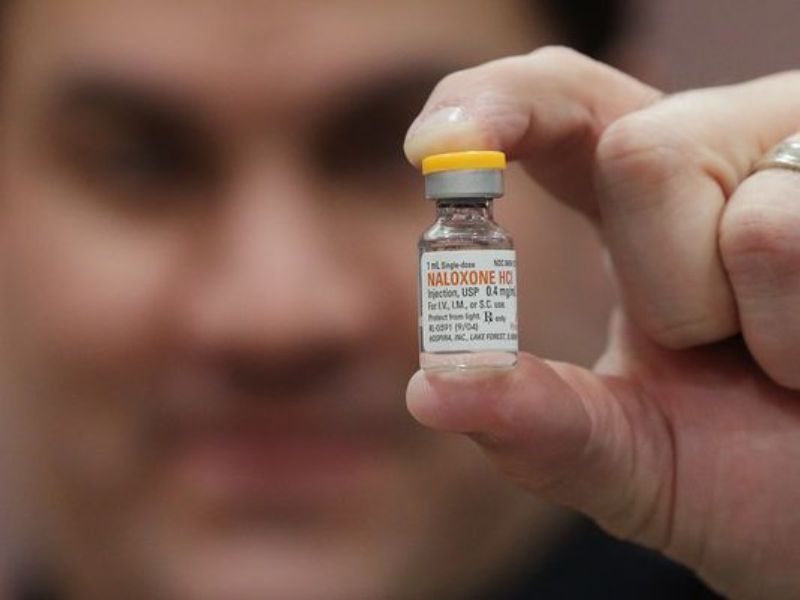
Last week, in a mere 70 minutes, a small Pennsylvania county of around 200,000 people saw eight heroin overdoses. The county recorded a total of 16 overdoses in 24 hours and 25 over two days.
Three people died. The others were saved by first responders who are required to carry naloxone, a drug that reverses the symptoms of opioid overdose.
A tainted batch, perhaps laced with a powerful opioid called fentanyl, is thought to be responsible for the spike. But according to the Washington Post, last week in Washington County, Pa. was simply an extreme case study of what many communities across the country are going through—though it’s still possible that fentanyl was a culprit, which has yet to be confirmed by testing.
It’s suspected that the majority of the heroin in Pennsylvania comes from New Jersey. Last year in New Jersey, fentanyl was found to be responsible for 143 overdose deaths. It is becoming more common for heroin to have trace amounts of fentanyl, or in some cases, fentanyl to have trace amounts of heroin.
On the onslaught of overdose, Washington County District Attorney Eugene A. Vittone said, “It’s absolutely insane. This is nuts.” He also said Washington County averages five to eight heroin overdoses a day.
The United States sees close to 110 overdose deaths from legal and illegal drugs every day. The toll of heroin deaths has quadrupled from 2003 to 2013. In Washington County, there have been more than 50 fatal overdoses so far in 2015.
Now a larger number than fatal automobile accidents, heroin overdoses are mostly concentrated in the Rust Belt, Northeast, and Great Lakes region.
“If we had a serial killer killing one-tenth as many [people], we’d have the National Guard here—we’d have CNN here every night,” Neil Capretto, an addiction psychiatrist in the Pittsburgh area, told the Washington Post.
Meanwhile, law enforcement’s efforts to ameliorate the heroin problem is proving to be ineffective.